(Guilty)

Rajasthani women
To cut a long story short, many rural women in India seem to be treated terribly from before they're born until they die. They are considered beings of lesser value by a system supported by mythologies, traditions and histories of exploitation and suppression.
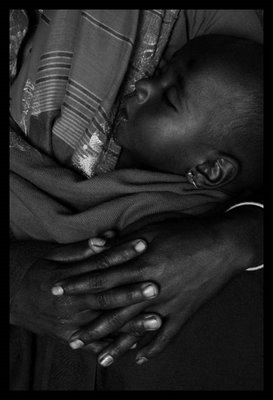 "The persistence of hunger and abject poverty in India and other parts of the world is due in large measure to the subjugation, marginalization and disempowerment of women. Women suffer from hunger and poverty in greater numbers and to a great degree then men. At the same time, it is women who bear the primary responsibility for actions needed to end hunger: education, nutrition, health and family income." - The Hunger project
"The persistence of hunger and abject poverty in India and other parts of the world is due in large measure to the subjugation, marginalization and disempowerment of women. Women suffer from hunger and poverty in greater numbers and to a great degree then men. At the same time, it is women who bear the primary responsibility for actions needed to end hunger: education, nutrition, health and family income." - The Hunger project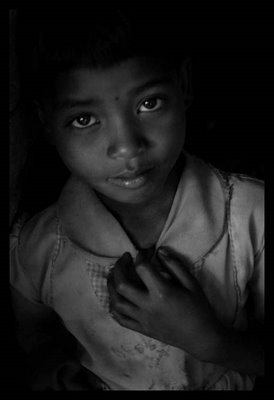
Rural Tribal women have the highest mortality rates for infants, the highest fertility rates (related to malnourishment where fertility increases to compensate for infant mortality) and chronic malnutrition.
Most Indian women spend about three hours a day cooking in poorly ventilated rooms. The impact of fumes includes eye infections, respiratory problems, bronchitis and lung cancer. One study quoted by WHO in 1991 found that pregnant women cooking over open stoves had almost a 50 percent higher chance of stillbirth.

There seems to be an alarming rise in atrocities against women in India (at least their reportage which means that there are far more crimes than reported) in terms of rapes, assaults, harrassment and murders. Female infanticide, sex-selective abortions and the witholding of education for the girl child are additional forms of violence that reflect the devaluation of women in Indian society.

Just going by "reported" crimes in India, on average every 26 minutes a woman is molested. Every 34 minutes a rape takes place. Every 42 minutes a sexual harassment incident occurs. Every 43 minutes a woman is kidnapped. And every 93 minutes a woman is burnt to death over dowry.
That’s just what’s reported. The real numbers are much higher.
A quarter of reported rapes involve female children below the age of 16. The vast majority sexual assaults are not reported due to the social stigma attached victims of such crimes. Convictions are very rare.
Violence within the home is widespread all over rural India and in the cities as well. Methods of killing women at home includes setting them on fire, beating them to death and poisoning. Gender discrimination against women seems deeply embedded within traditional societies across the nation.
The literacy rate of the rural tribal female is the lowest amongst all social groups in India. Their schools are inadequate for the most part. Many girls are not sent to school.Families are far less likely to educate girls than boys, and far more likely to pull them out of school so that they can work in the fields.
Even if girls do get schooled employment opportunities in the country side are most often non existent. Women and girls receive far less education than males, due both to social norms and fear of violence.
In India, the illliteracy rate for women is 62 percent verses 35 percent for men.
The Indian rural woman does not have property rights for the most part. She is paid less than her male counterpart for the same work. Women work roughly twice as many hours as men.

(Mies 1986) found that the work day of an female agricultural labourer during the harvest season lasts for 15 hours a day. Her male counterpart works for seven to eight hours a day.
Divorce is very rare in India and most often occurs only due to overwhelming abuse— it is a considered an admission of a woman’s failure as a wife and daughter-in-law. Our mythologies support this crap. When people say India has a low divorce rate and act proud about the same, do remember that that is because women arent able to dump the losers theyre with most often as they arent not able to support themselves. In 1990, divorced women made up a miniscule 0.08 percent of the total female population. When a woman gets divorced, she is often treated as an outcast.

Chopping wood for the family
Hindu and Muslim personal law do not recognize matrimonial property. After a divorce, women have no rights to their houses or to other property accumulated during marriage. Basically, their contributions to the family and asset accumulation seem to go unrecognized ....totally.
Women in India are subject to discrimination not just on the basis of gender but on numerous other factors such as caste, community and religion. One member of the UN Human Rights Committee observed in 1997 that ''women are expendable in India''.
Sounds a little extreme? Look it up city slicker.
Does what I write offend you as an Indian? Its all old hat by the way. Do you think that this is a "foreign" idea of India, an outdated version, an exotic version, something in the past?
"Amartya Sen points out that when he took up issues of women's welfare, he was accused in India of voicing "foreign concerns." "I was told Indian women don't think like that about equality. But I would like to argue that if they don't think like that they should be given a real opportunity to think like that."
I've heard ( in various living rooms ) a lot about fundamentalist Islamic countries where women are treated horribly, while an underpaid maid gets yelled at for dropping marie biscuits on the carpet. Our own country "numbers wise", is worse off. Many more women get burnt to death, murdered, bludgeoned and tortured to death in India every year than all the middle eastern "Islamic" nations put together. Most of these women in India, who suffer these agonies, happen to be Hindu.

A free people cannot be born of slave mothers. We live in cities and are removed from the gross realities of our own country or choose to ignore them. Class and caste separate us into little islands of ignorance and masterbatory conversation. We exploit and underpay our maids. We take dowry. We offer it. We ignore what lies outside our social spheres. Our inferiority complexes do not allow for criticism. We take offense at what the world says when its negative and act like puppy dogs when praise is doled out. It is all a part of our “Indian culture” or better put, our distinct lack of the same.

References and sources : Amnesty International, United Nations website, The hunger project, Mies report (1986),
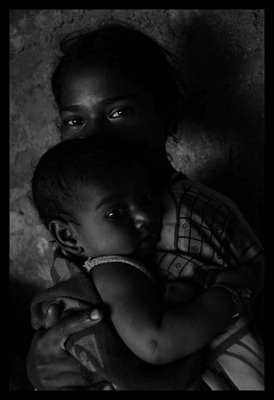
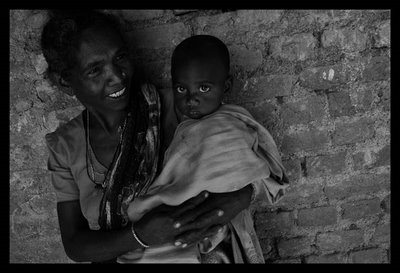
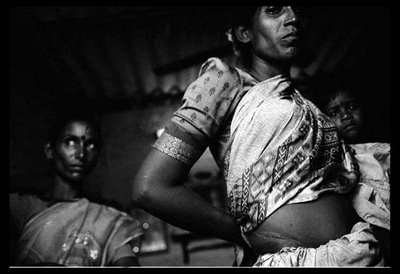
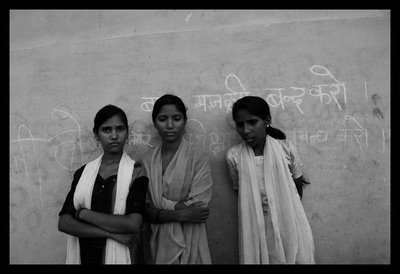

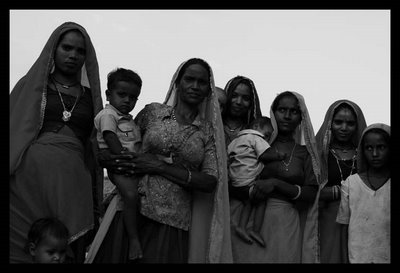
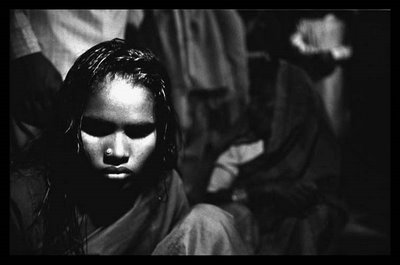

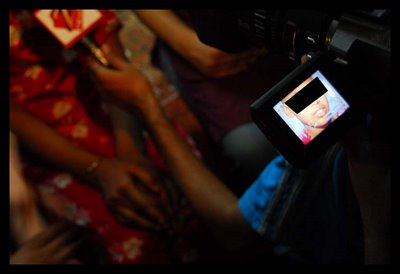
0 comments:
Post a Comment